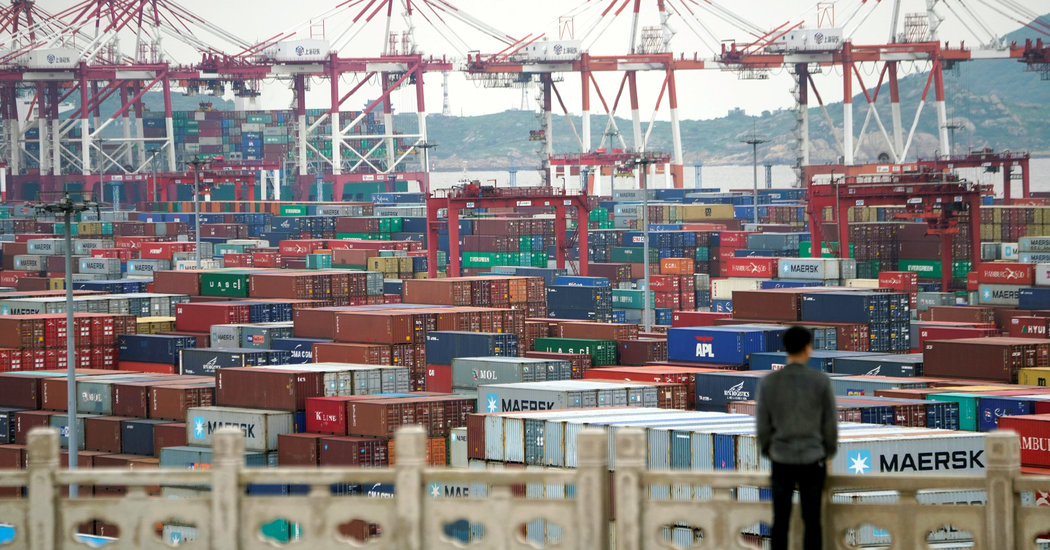Goods that travel by sea take two to four weeks to reach the United States from China, depending mainly on whether the ship sails to the East or West Coast and how fast the ship travels. That means the effect won’t be felt for a few weeks.
Chris Rogers, a trade analyst at Panjiva, a trade data firm, said that roughly 90 percent of all American imports from China come by sea. An even higher proportion of the $200 billion in goods being hit by the latest tariff increase is likely to come by sea, he said, because the higher tariffs do not cover big categories like iPhones that come to the United States almost entirely by air.
There is also a practical reason for the Trump administration not to have imposed the tariff increase right away: Updating customs procedures can be slow. The Trump administration “wanted to start the clock but be realistic about implementation,” said James Green, the top trade official at the United States embassy in Beijing until August and now a senior adviser at McLarty Associates, a Washington consulting firm.
The question now is whether another round of tit-for-tat tariff increases portends an economic struggle between the United States and China that could last for many years. Since President Trump was elected, the two sides have repeatedly seemed close to a deal only for it to fall apart. Commerce Secretary Wilbur Ross seemed to have the outlines of a deal in 2017. Treasury Secretary Steven Mnuchin talked of a deal being at hand a year ago.
President Trump himself was upbeat about the prospects for a deal last month. Chinese officials have been consistently encouraging about progress toward a deal for the past two years, even though a hardening of China’s stance last week appears to have contributed to Mr. Trump’s decision this week to raise tariffs.
Last week’s round of talks in Washington is the 11th time that senior Chinese and American officials have met to discuss trade since President Trump took office. “What should be concerning to markets is how close both sides have gotten to a deal before one side backs off,” something that has happened again and again, said Hannah Anderson, a global markets strategist in the Hong Kong office of J.P. Morgan Asset Management.
Share prices dipped in Asian and European stock markets on Monday, and the trading of futures contracts indicated that Wall Street would also be down when it opens on Monday. The renminbi, China’s currency, also fell half a percent against the dollar in trading on Monday morning. Goldman Sachs revised on Monday morning its forecast for the value of the renminbi would be only 6.95 to the dollar three months from now, instead of the 6.65 it had been expecting.
Falls in the Chinese currency make Chinese goods more competitive in foreign markets, including Europe’s as well as the United States. But a weakening renminbi also creates an incentive for Chinese companies and households to try to evade China’s controls on international money movements and shift large sums out of the country, which could undermine the stability of China’s financial system.

